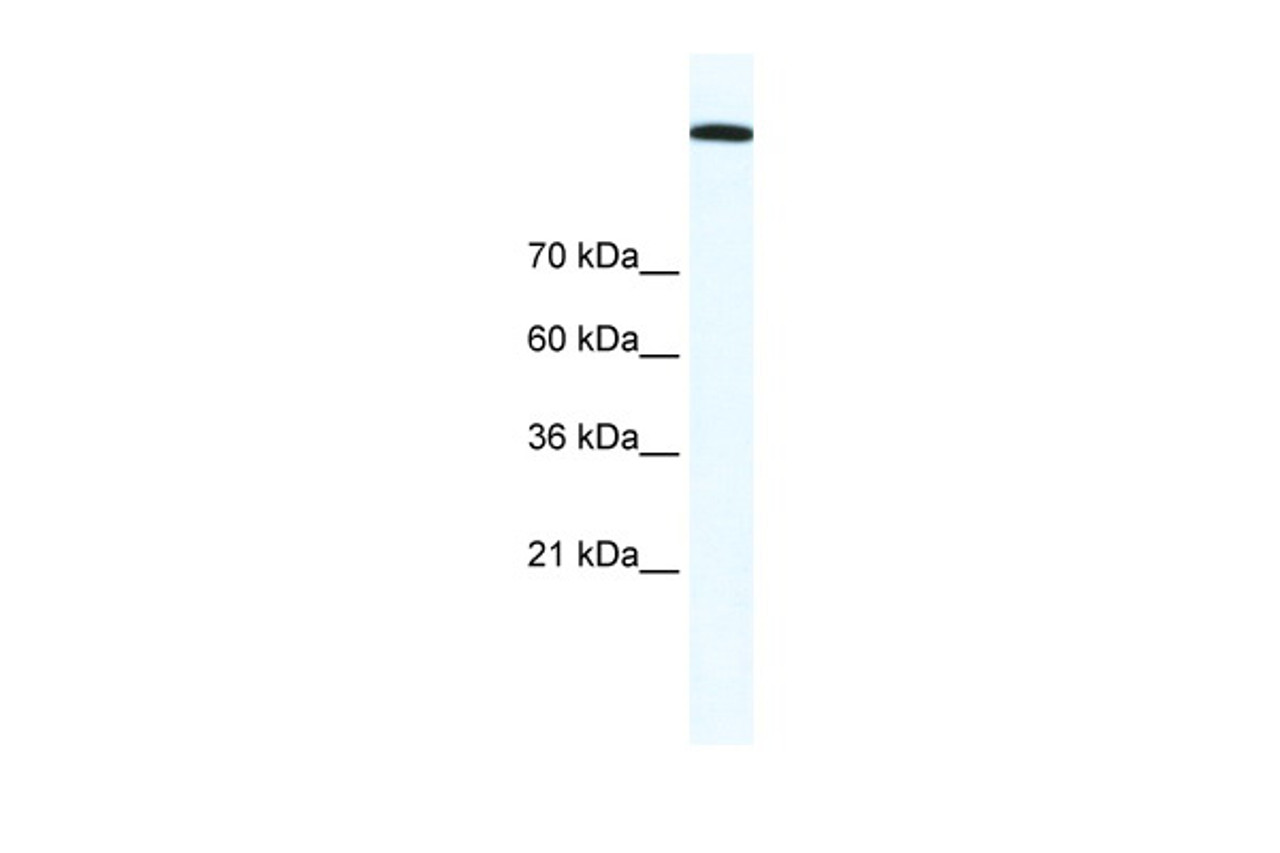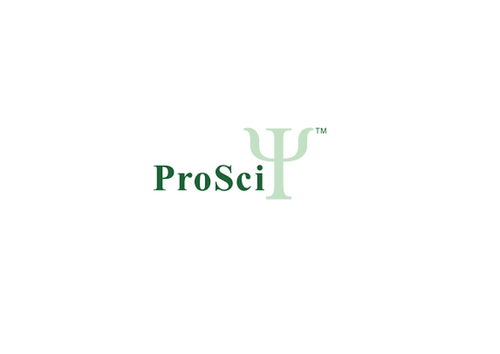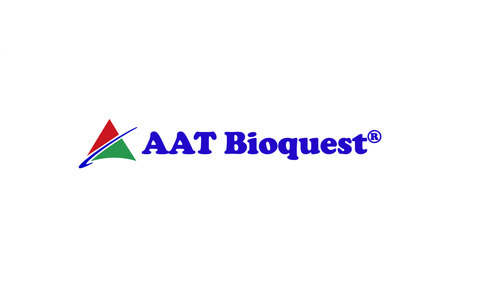Product Description
TOP2A Antibody | 31-047 | ProSci
Host: Rabbit
Reactivity: Human, Dog
Homology: N/A
Immunogen: Antibody produced in rabbits immunized with a synthetic peptide corresponding a region of human TOP2A.
Research Area: Transcription, Cancer
Tested Application: E, WB
Application: TOP2A antibody can be used for detection of TOP2A by ELISA at 1:62500. TOP2A antibody can be used for detection of TOP2A by western blot at 1.25 μg/mL, and HRP conjugated secondary antibody should be diluted 1:50, 000 - 100, 000.
Specificiy: N/A
Positive Control 1: Cat. No. 1211 - HepG2 Cell Lysate
Positive Control 2: N/A
Positive Control 3: N/A
Positive Control 4: N/A
Positive Control 5: N/A
Positive Control 6: N/A
Molecular Weight: 174 kDa
Validation: N/A
Isoform: N/A
Purification: Antibody is purified by protein A chromatography method.
Clonality: Polyclonal
Clone: N/A
Isotype: N/A
Conjugate: Unconjugated
Physical State: Liquid
Buffer: Purified antibody supplied in 1x PBS buffer with 0.09% (w/v) sodium azide and 2% sucrose.
Concentration: batch dependent
Storage Condition: For short periods of storage (days) store at 4˚C. For longer periods of storage, store TOP2A antibody at -20˚C. As with any antibody avoid repeat freeze-thaw cycles.
Alternate Name: TOP2A, TOP2, TP2A
User Note: Optimal dilutions for each application to be determined by the researcher.
BACKGROUND: TOP2A is a DNA topoisomerase, an enzyme that controls and alters the topologic states of DNA during transcription. This nuclear enzyme is involved in processes such as chromosome condensation, chromatid separation, and the relief of torsional stress that occurs during DNA transcription and replication. It catalyzes the transient breaking and rejoining of two strands of duplex DNA which allows the strands to pass through one another, thus altering the topology of DNA. Two forms of this enzyme exist as likely products of a gene duplication event. The gene encoding this form, alpha, is localized to chromsome 17 and the beta gene is localized to chromosome 3. The gene encoding this enzyme functions as the target for several anticancer agents and a variety of mutations in this gene have been associated with the development of drug resistance. Reduced activity of this enzyme may also play a role in ataxia-telangiectasia.
 Euro
Euro
 USD
USD
 British Pound
British Pound
 NULL
NULL







![TOP2A Antibody [TOP2A/1362] TOP2A Antibody [TOP2A/1362]](https://cdn11.bigcommerce.com/s-452hpg8iuh/images/stencil/500x659/products/575596/812550/porsci_lo__79508.1648973713__97093.1649091977.png?c=2)
![TOP2A Antibody [TOP2A/1361] TOP2A Antibody [TOP2A/1361]](https://cdn11.bigcommerce.com/s-452hpg8iuh/images/stencil/500x659/products/575597/812553/porsci_lo__79508.1648973713__19262.1649091977.png?c=2)





